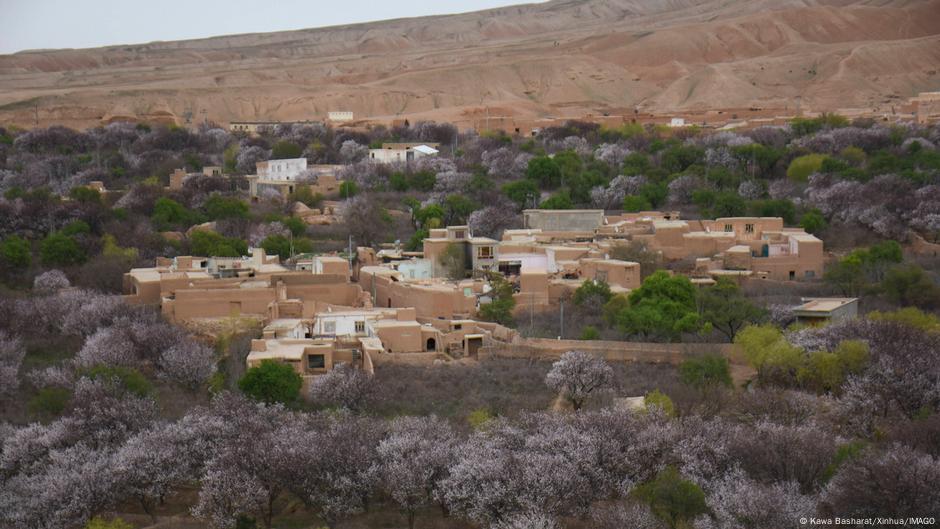A powerful magnitude 6.3 earthquake struck northern Afghanistan early on Monday near the city of Mazar-i-Sharif, the capital of Balkh province.
A health department spokesperson for the neighboring Samagan province said at least seven people have died and 150 were injured, Reuters news agency reported.
Afghanistan’s national disaster management agency said on X that five had died and reported a similar number of injuries.
Hurriyat Radio Pashto reported a higher death toll in Samagan, saying that 20 people had been killed there. The pro-Taliban radio said that another 19 people have died in Kholm district.
The death toll from the earthquake may increase further, as the injured are still being taken to health centers from the affected areas, Hurriyat Radio said in a post on X.
What else do we know about the earthquake?
The earthquake struck at just before 1 a.m. local time Monday (8:30 p.m. GMT) at a depth of 28 kilometers (17 miles) some 22 kilometers from Kholm, near Mazar-i-Sharif, according to the US Geological Survey (USGS).
Kholm is home to around 65,000 people, while about 523,000 live in Mazar-i-Sharif, Afghanistan’s fifth-largest city.
In Mazar-i-Sharif, many people ran into the street in the middle of the night, fearing their homes might collapse, a correspondent for French news agency AFP reported.
USGS issued an orange alert on its automated PAGER system, which means “significant casualties are likely and the disaster is potentially widespread.”
Monday’s earthquake comes just two months after a .
Why is Afghanistan so prone to earthquakes?
Earthquakes are common in Afghanistan, particularly along the Hindu Kush mountain range, near where the Eurasian and Indian tectonic plates meet.
They kill about 560 people in Afghanistan on average each year, according to Reuters news agency, and cause annual damages estimated at $80 million (€69 million).
Studies indicate at least 355 earthquakes with a magnitude higher than 5.0 have hit Afghanistan since 1990.
In addition, many modest Afghan homes are built of mud bricks. This makes them susceptible to earthquake damage.
Poor infrastructure connecting remote regions also hampers rescue efforts after natural disasters like earthquakes.
Afghanistan is already facing multiple crises including a severe drought and the return of millions of Afghans from neighbouring countries, the UN’s refugee agency, UNHCR, said in an September report.
Edited by: Karl Sexton
The post Afghanistan hit by deadly magnitude 6.3 earthquake appeared first on Deutsche Welle.




